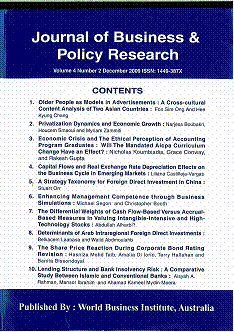December
2017

December 2017 (Journal of Business and Policy Research)
Total Articles - 8
